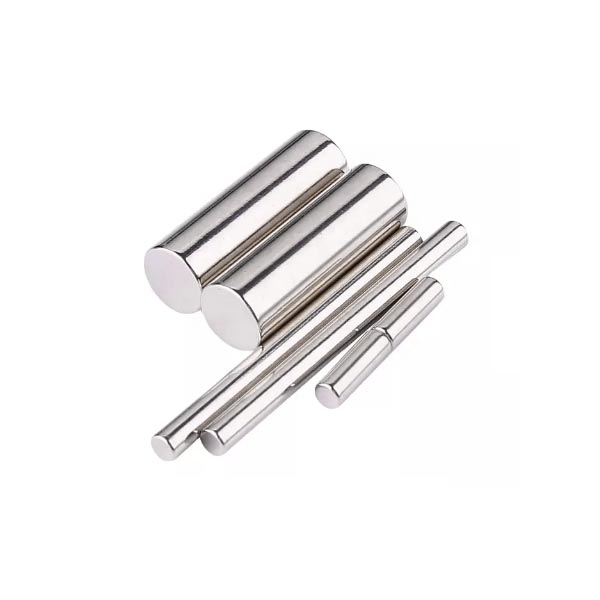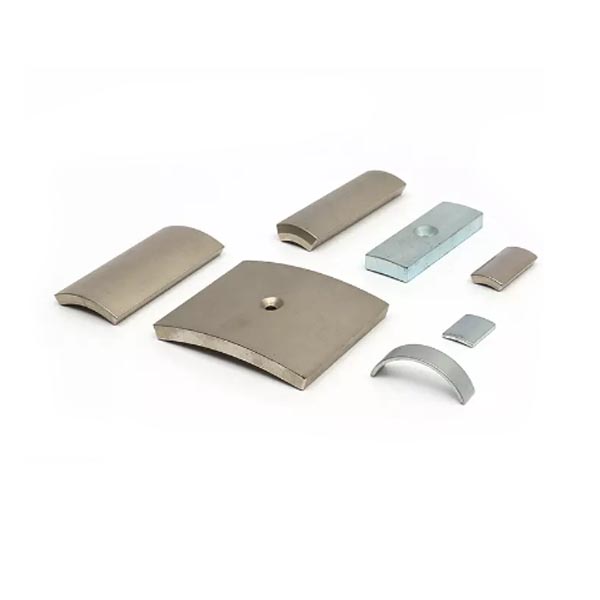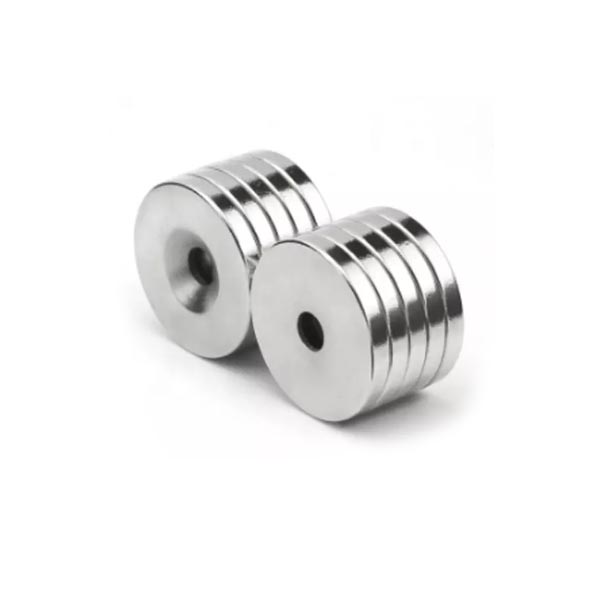Neodymium magnets, also known as NdFeB magnets, are a type of rare earth magnet with the highest magnetic strength among all types of magnets. Such as disc,block,ring,countersunk and so on magnets. They are used in a variety of industrial and consumer applications due to their unique properties. The manufacturing process of Neodymium magnets is complex and involves several steps, including the preparation of raw materials, sintering, machining, and coating. In this article, we as a neodymium magnet factory will provide a detailed overview of the manufacturing process of Neodymium magnets, discussing each step in detail. Additionally, we will also explore the properties and applications of these magnets, including their significance in modern technology, such as consumer electronics, medical devices, and renewable energy. Furthermore, we will examine the environmental impact associated with the production and disposal of Neodymium magnets. By the end of this article, readers will have a better understanding of the manufacturing process of Neodymium magnets and their importance in modern technology, as well as the environmental implications of their production and disposal.
Neodymium magnets are composed of a combination of neodymium, iron, and boron (NdFeB). This composition gives Neodymium magnets their unique magnetic properties, including their high magnetic strength and stability.
The following are some of the key properties of Neodymium magnets:
Magnetic strength: Neodymium magnets are the strongest type of magnet available, with a magnetic field strength of up to 1.6 teslas.
Magnetic stability: Neodymium magnets are highly stable and maintain their magnetic properties even at high temperatures or when exposed to strong magnetic fields.
Brittleness: Neodymium magnets are brittle and can easily crack or break if subjected to stress or impact.
Corrosion: Neodymium magnets are susceptible to corrosion and require protective coating to prevent oxidation.
Cost: Neodymium magnets are relatively low in cost compared to other types of magnets.
Versatility: Neodymium magnets are versatile and can be easily customized into various shapes and sizes to suit specific applications.
The unique composition and properties of Neodymium magnets make them ideal for a wide range of applications, including consumer electronics, medical devices, automotive and aerospace industries, renewable energy technologies, and more. However, it is important to handle these magnets with caution due to their brittle nature and potential hazards if ingested or inhaled.
The manufacturing process of Neodymium magnets involves several steps, including the preparation of raw materials, sintering, machining, and coating.
The following is a detailed overview of each step involved in the production of Neodymium magnets:
Preparation of Raw Materials: The first step in the manufacturing process of Neodymium magnets is the preparation of raw materials. The raw materials required for Neodymium magnets include neodymium, iron, boron, and other alloying elements. These materials are carefully weighed and mixed in the correct proportions to form a powder.
Sintering: After the raw materials are mixed, the powder is compacted into a desired shape using a press. The compacted shape is then placed into a sintering furnace and heated at high temperatures above 1000°C. During sintering, the powder particles bond together to form a solid mass. This process is essential to form a dense and uniform microstructure, which is necessary for the magnet to exhibit optimal magnetic properties.
Machining: After sintering, the magnet is removed from the furnace and shaped into the final desired size using specialized machining tools. This process is called machining, and it is used to create the final shape of the magnet, as well as to achieve a precise tolerance and surface finish. This step is critical to ensuring that the magnet meets the required specifications and has the desired magnetic properties.
Coating: The final step in the manufacturing process of Neodymium magnets is coating. The magnets are coated with a protective layer to prevent corrosion and oxidation. Various coating options are available, including nickel, zinc, gold, or epoxy. The coating also provides a smooth surface finish and enhances the magnet's appearance.
Neodymium magnets are used in a variety of industrial and consumer applications due to their unique magnetic properties.
The following are some of the most common applications of Neodymium magnets:
Consumer electronics: Neodymium magnets are commonly used in consumer electronics, including mobile phones, laptops, headphones, and speakers. They help to improve the performance and efficiency of these devices by providing a strong magnetic field and reducing the size and weight of the components.
Medical devices: Neodymium magnets are used in medical devices, such as MRI machines and implantable medical devices, including pacemakers and hearing aids. They provide a strong magnetic field and are biocompatible, making them ideal for use in medical applications.
Automotive and aerospace industries: Neodymium magnets are used in the automotive and aerospace industries for various applications, including electric motors, power steering systems, and braking systems. They help to improve the efficiency and performance of these systems and reduce the weight of the components.
Renewable energy technologies: Neodymium magnets are used in renewable energy technologies, including wind turbines and electric vehicles. They are used in the generators and motors of these systems to provide a strong magnetic field and increase their efficiency.
Other applications: Neodymium magnets are also used in a variety of other applications, including toys, jewelry, and magnetic therapy products.
We can offer the OEM/ODM services of our products. The product can be customized according to your personalized requirements, including the size, Shape, performance, and coating. please offer your design documents or tell us your ideas and our R&D team will do the rest.
Post time: Apr-14-2023







